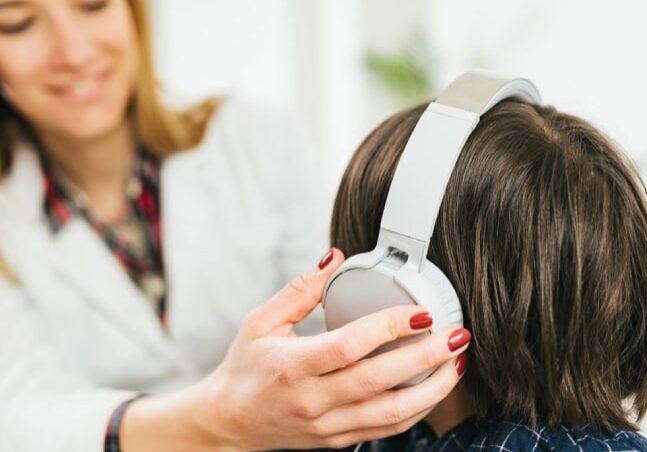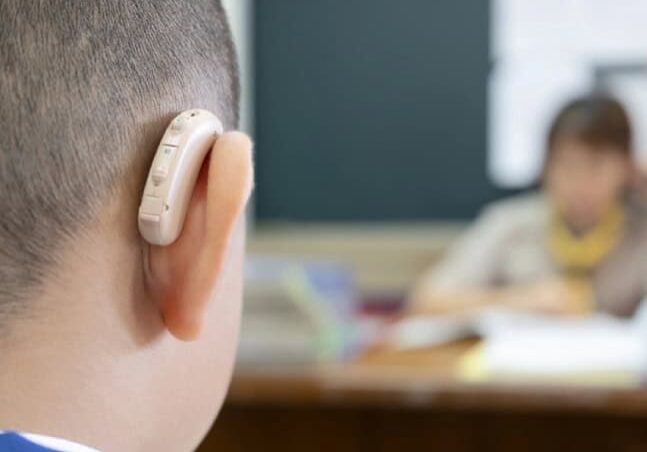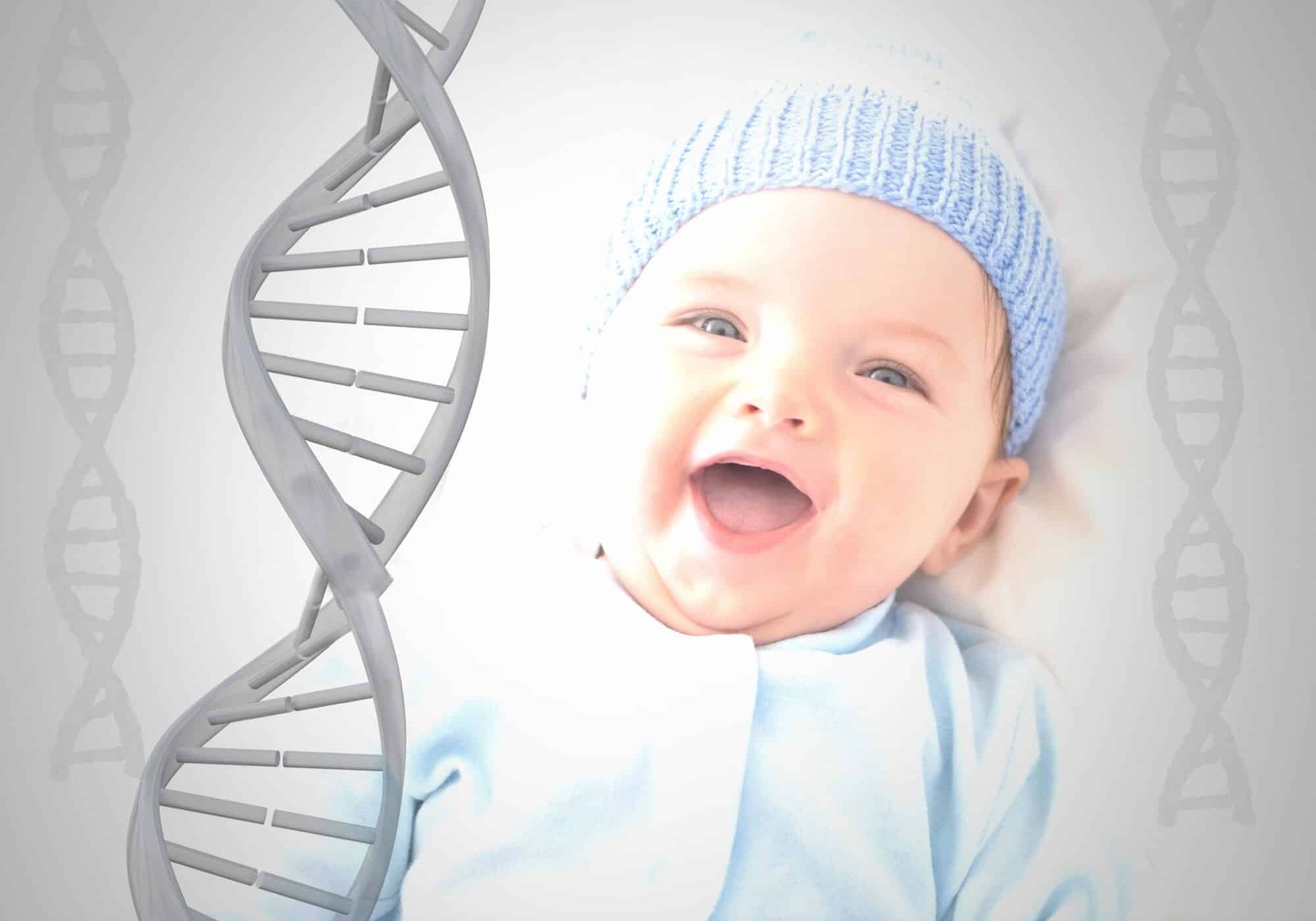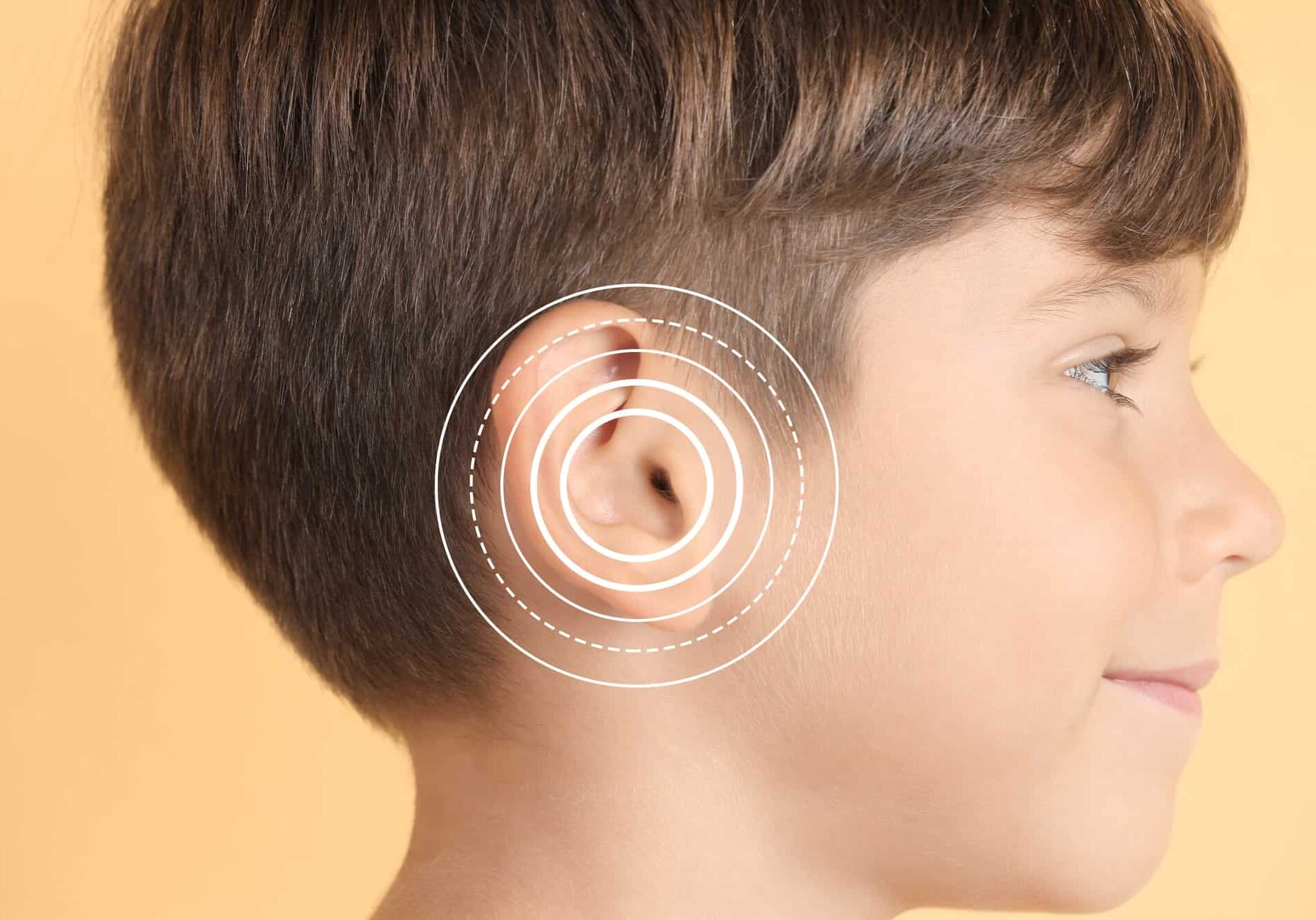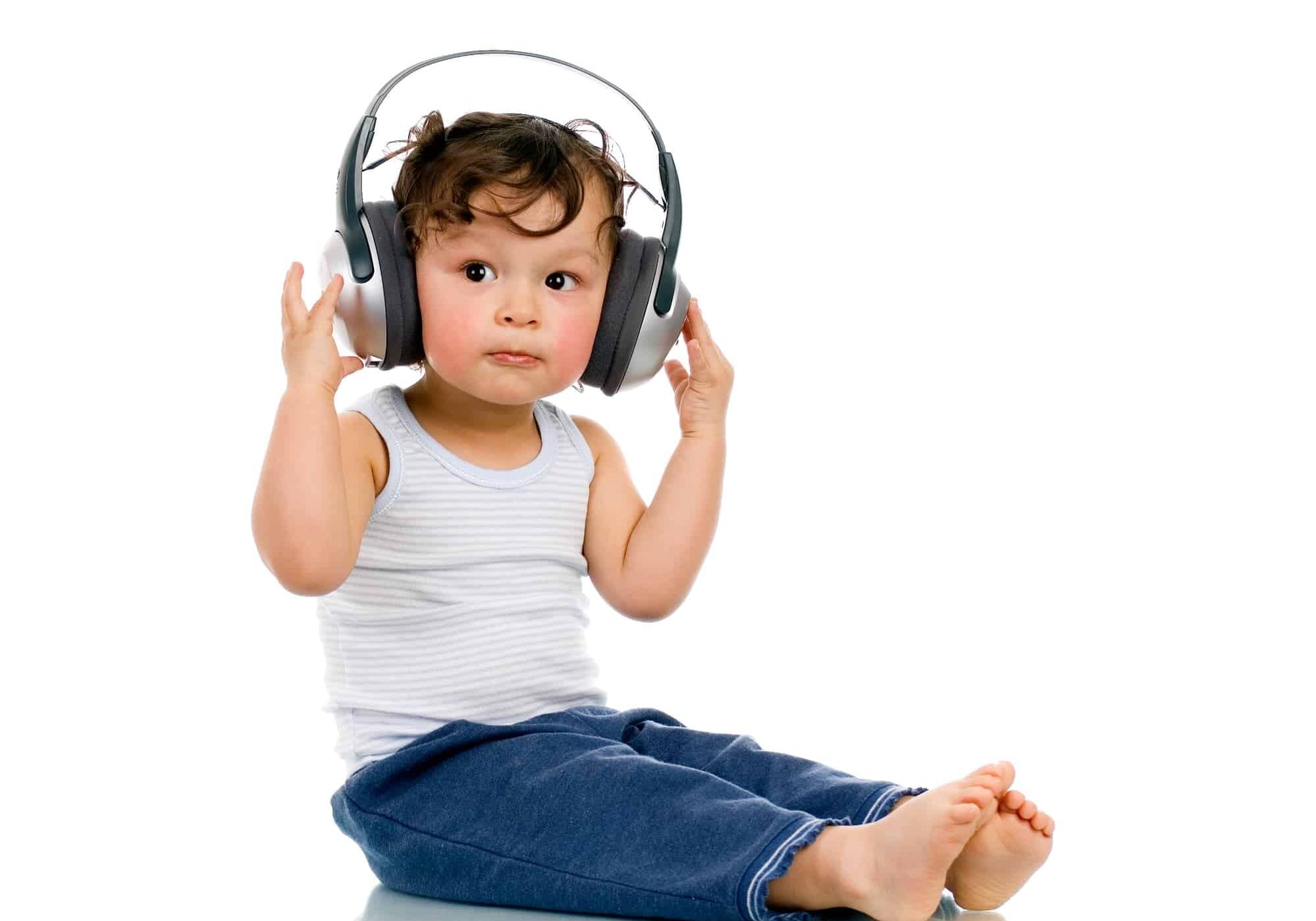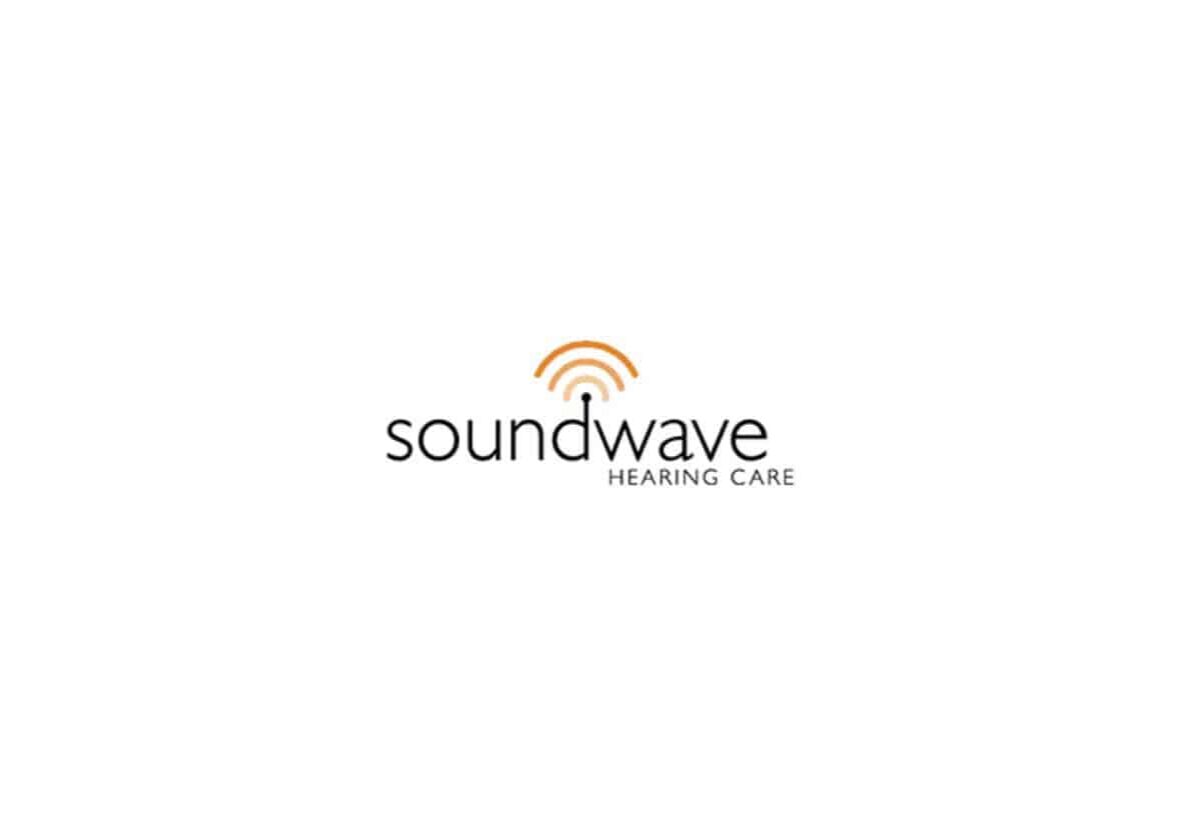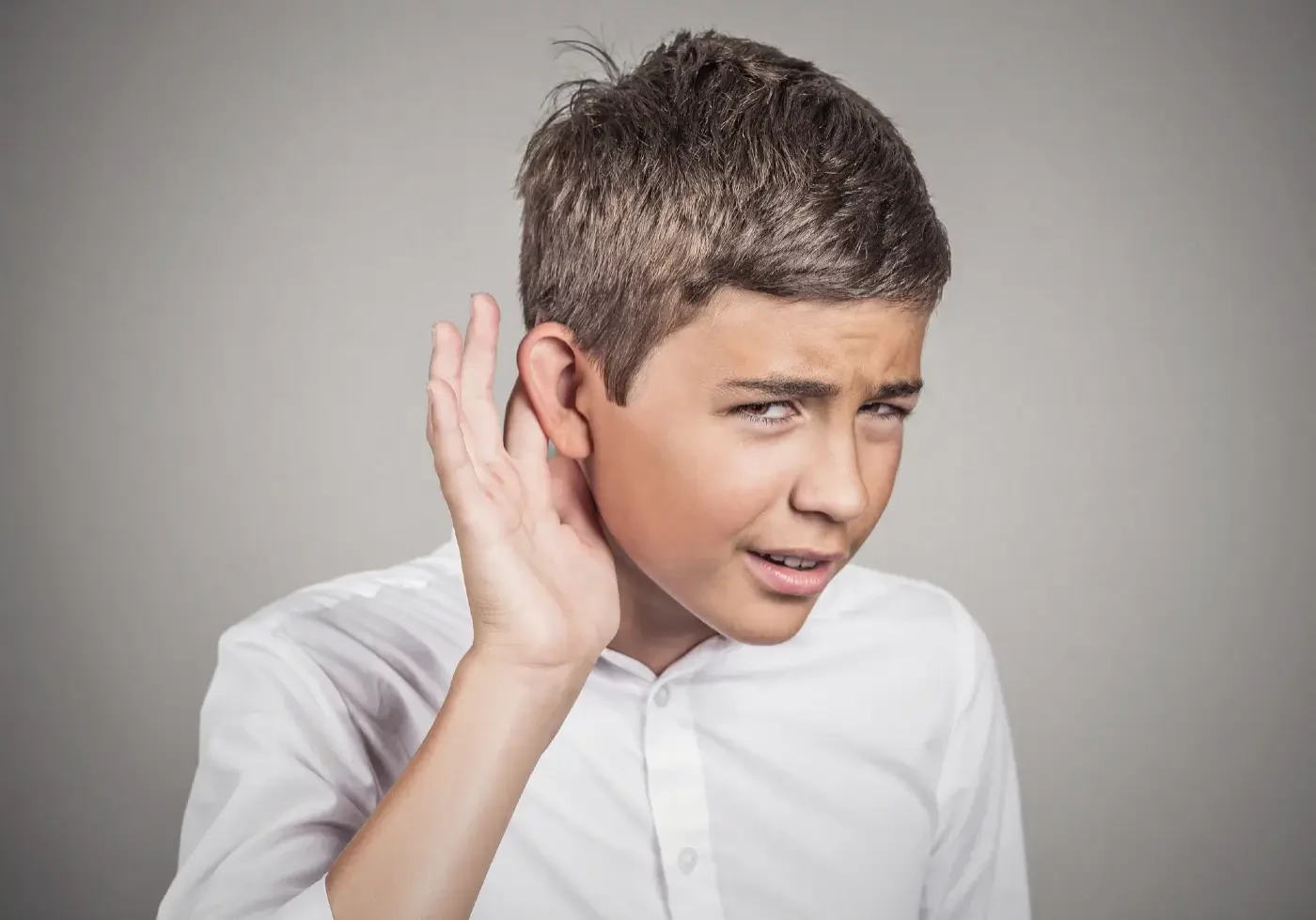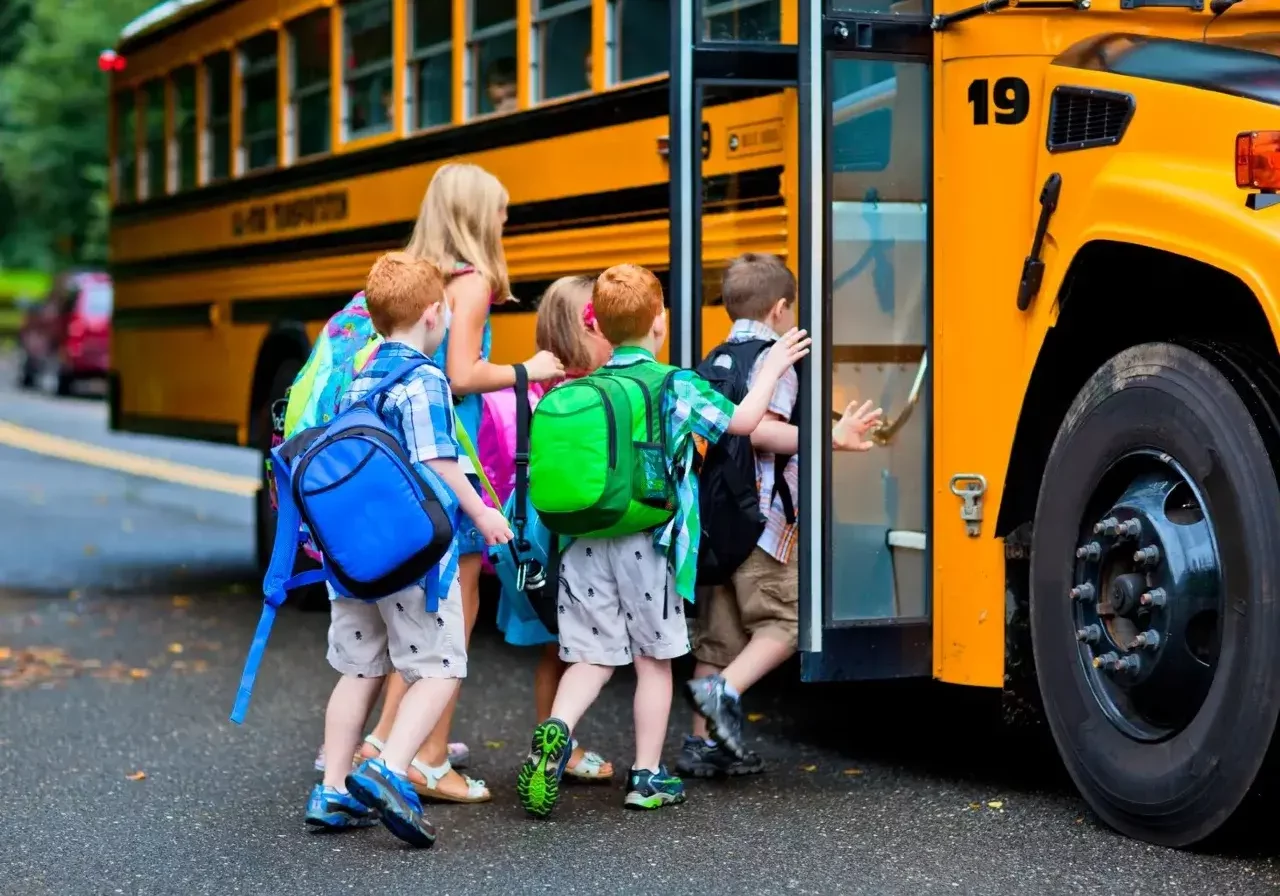Hearing Tests For Children in Calgary and throughout Alberta
Hearing Tests For Children in Calgary and throughout Alberta
Hearing Tests For Children in Calgary and throughout Alberta
In the first few years of life, hearing is a critical part of our kids’ social, emotional and cognitive development. About 1 to 3 out of every 1,000 babies are born with hearing difficulties. Hearing loss can occur at any age from infections, trauma, medications or unknown causes. Even minimal or partial hearing loss can affect a child’s ability to speak and understand language. The good news is, hearing problems can be treated if they’re caught early. So it’s important to get your child’s hearing screened early and tested regularly.
One-on-One Hearing Tests for Children
It’s important to care for your child’s ears and hearing. Soundwave Hearing Care offers different forms of hearing protection for children, ranging from volume-limiting earbuds to swim molds. Contact us today to discuss what best suits your child’s needs.
Symptoms of Hearing Loss
Even if your child passes the initial hearing test, it is recommended to regularly monitor and continue to watch for signs that hearing is normal. As your child grows older, some of the signs of hearing loss may include:
- Limited, poor or no speech
- Difficulty learning
- Frequently inattentive
- Failure to respond to a conversation or answers inappropriately to speech
- Often increases the volume on the TV
Child-friendly Hearing Aids and Accessories
If a child has hearing loss, hearing aids can be a vital component for growth. Manufacturers are now designing various child-friendly hearing aids. These hearing aids that sit behind children’s ears come with a soft earmold and are available in multiple colours.
You can also choose from a variety of accessories for your child’s hearing aid. These include:
- Smaller ear hooks for a more comfortable and secure fit
- Battery tester
- Dehumidifier
- Tamper-proof battery door to prevent removal of the battery without permission
- Earmold cleaner and air blower
- Headbands or hats to prevent hearing aids from falling off
- Stickers to decorate hearing aids
- Critter clips to prevent losing the hearing aids
- Dry tubing for earmold
Caring for Their Little Ears
You can care for your little one’s ears by:
- Monitoring their hearing every 3-6 months until the age of 7. After 7 years of age, hearing tests should be done once every year.
- Adjusting the hearing aid setting every time they get new earmolds or when a change in hearing is detected.
- Replacing earmolds as often as few weeks for the first few years. For older children, replacement is usually required once or twice a year.
Using and Taking Care of Hearing Aids
As your child has been living in a quiet world, it is recommended to start with a quiet environment and gradually move to louder environments. Getting used to hearing aids might take time for your child. The instructions given below can help your child be more comfortable:
- Make the child aware of the familiar sounds at your home
- After the initial adjustment period, the child will begin to wear the hearing aids as part of normal everyday life.
- Make sure the hearing aid is always working and talk to your child regularly
- You decide when the hearing aids are to be put on and when they are to be removed
- If your child pulls the hearing aids off, replace them immediately and encourage them to wear their hearing aids
- Practice inserting and removing the hearing aids
- Look for signs that the child is outgrowing the earmolds – feedback (whistling will occur when the earmold no longer fits properly, and a new mold is needed)
What You Should Do Everyday
Learn more about how to deal with hearing aids every day to keep them functioning at an optimum level:
- Inspect the hearing aids
- Check the earmolds, tubes and hooks for moisture, dirt and dust
- Turn the hearing aid on and say the following five sounds: “oo” as in “moon,” “ah” as in “father,” “ee” as in “key,” “sh” as in “shoe,” “s” as in “say”
- The vowels should sound clear – there should be no distortion for the “sh” and “s” sounds
- Listen to your child’s hearing aids through a stethoscope before making your child wear them. In case of any issues, troubleshoot or consult your audiologist
Once you’re ready to turn in for the night, please make sure to:
- Turn the hearing aids off
- Check the battery using a battery tester and discard dead batteries
- Remove any wax and wipe the mold with a damp cloth; be careful not to use alcohol because it will dry out the earmold
- Store the hearing aid in a dry aid kit and keep it away from extreme heat or cold
What Not to Do
Remember, hearing aids are electronic devices. Please follow the instructions given below, so you don’t damage them:
- Never put a hearing aid back after a repair without getting it checked by an audiologist
- Do not allow kids to use hearing aids in the shower or while swimming
- Keep your hearing aids away from little children and pets
Get in touch with us for more information.

